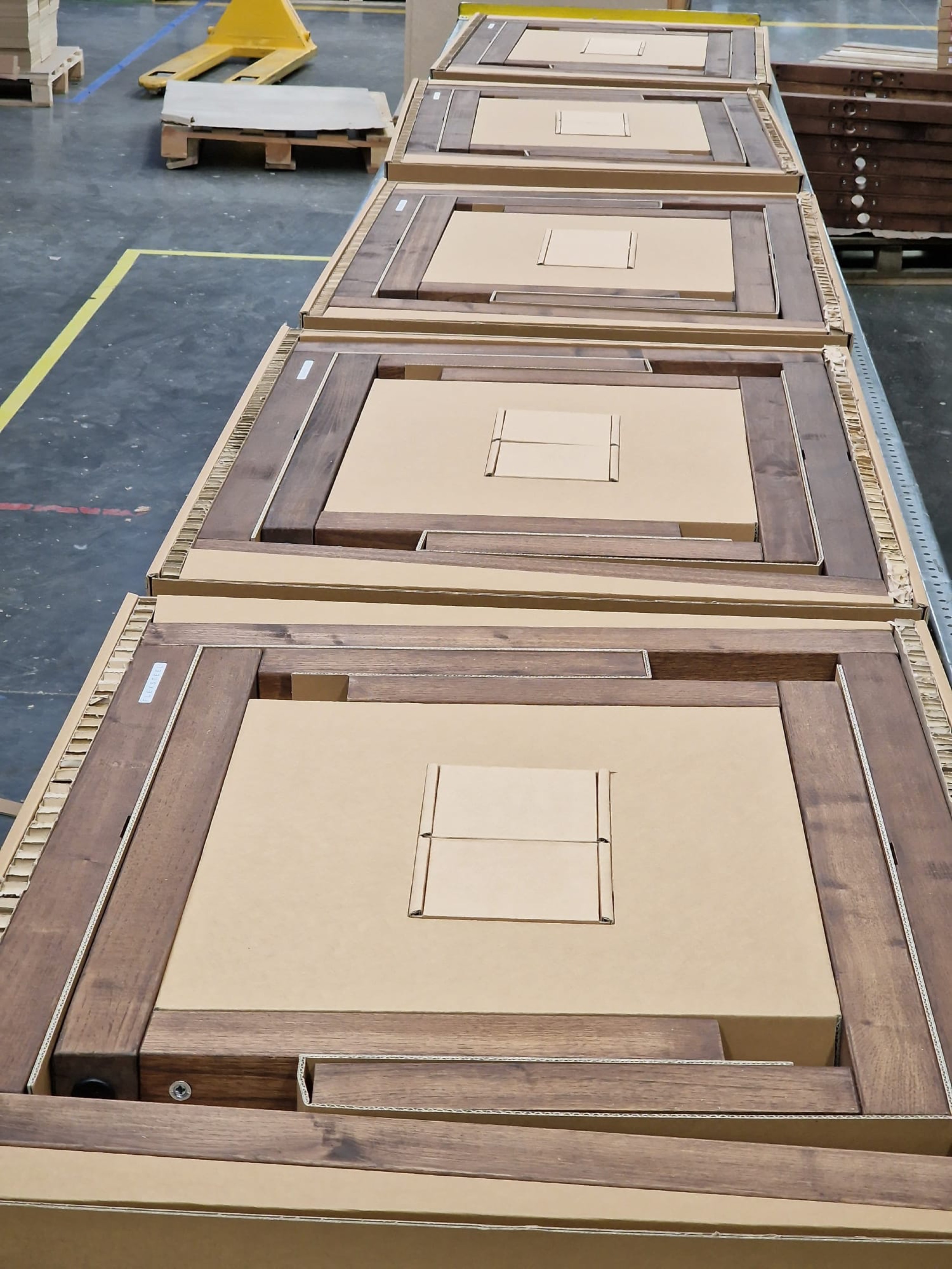Sustainability has become an essential concept in today's world. Decades ago, products were less complex and built to last. Cars could cover a million kilometers without issue, and wooden furniture was passed down through generations.
However, the mass market's focus on price reduction led to the production of items made from extremely cheap materials, designed not to last but to be affordable. This shift has resulted in a culture of frequent replacement and increased waste.
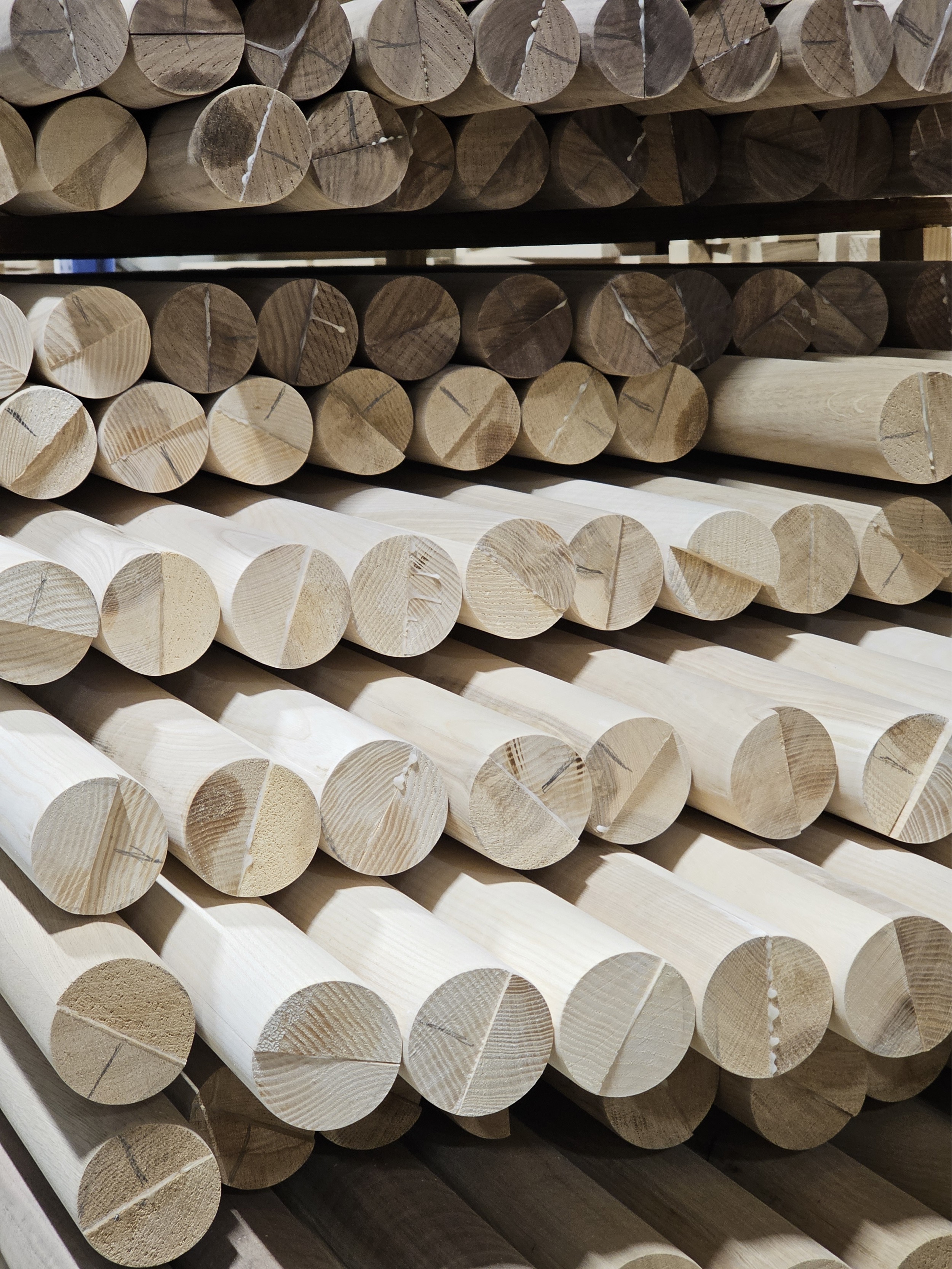
The Shift to Sustainable Practices
The trend towards sustainability is more than just marketing; it's about taking responsibility for reducing waste. This not only benefits the environment but also proves cost-effective in the long run. Investing in quality materials means products can be refreshed rather than replaced, significantly extending their lifespan.
Sustainable Materials for Furniture
Wood
When sourced responsibly, wood is a renewable material that can be sanded down, oiled, or lacquered to look as good as new even after years of use.
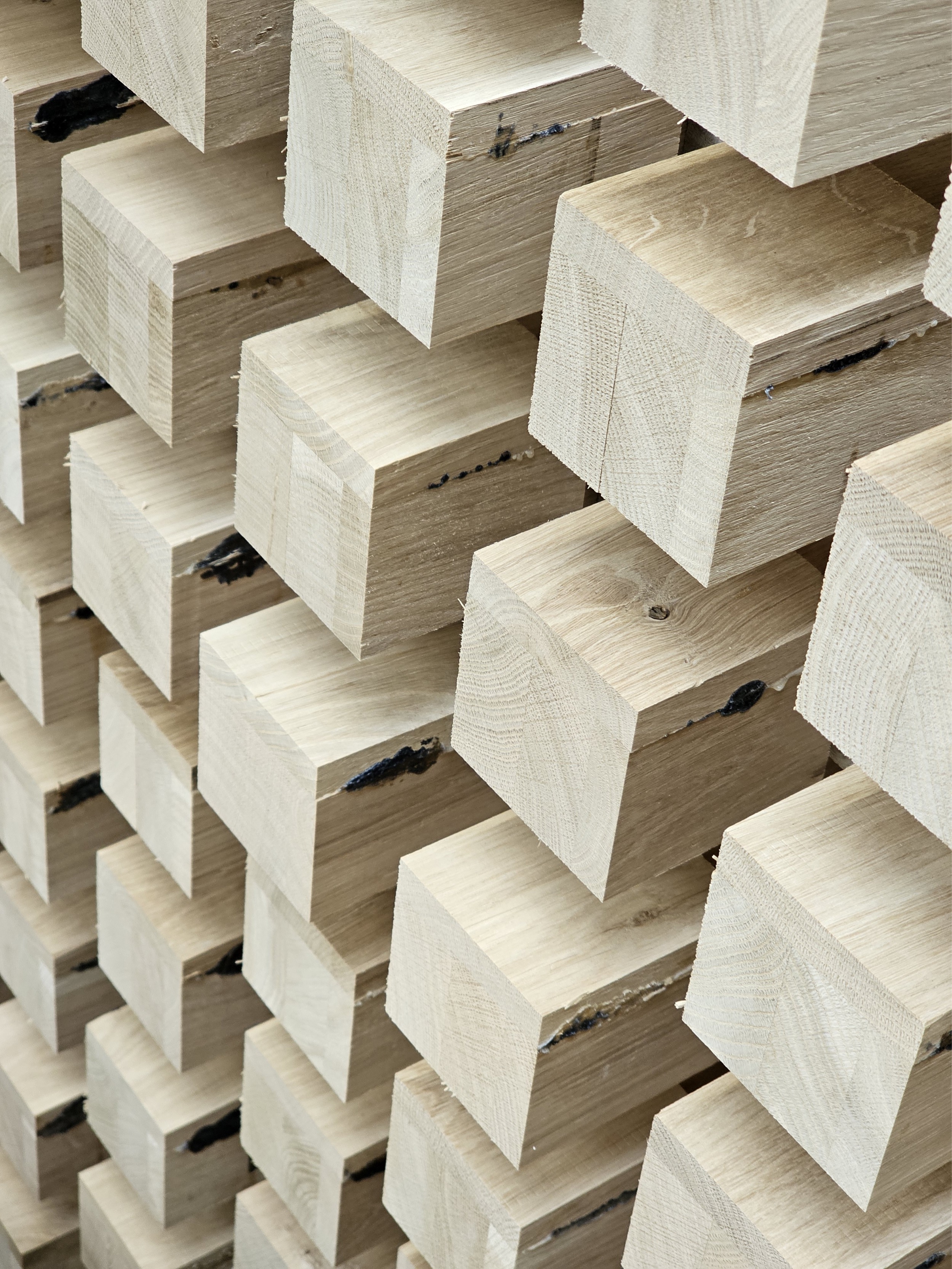
Metals
Materials like steel, stainless steel, brass, and copper can be brushed and revarnished, making them long-lasting options for sustainable furniture.
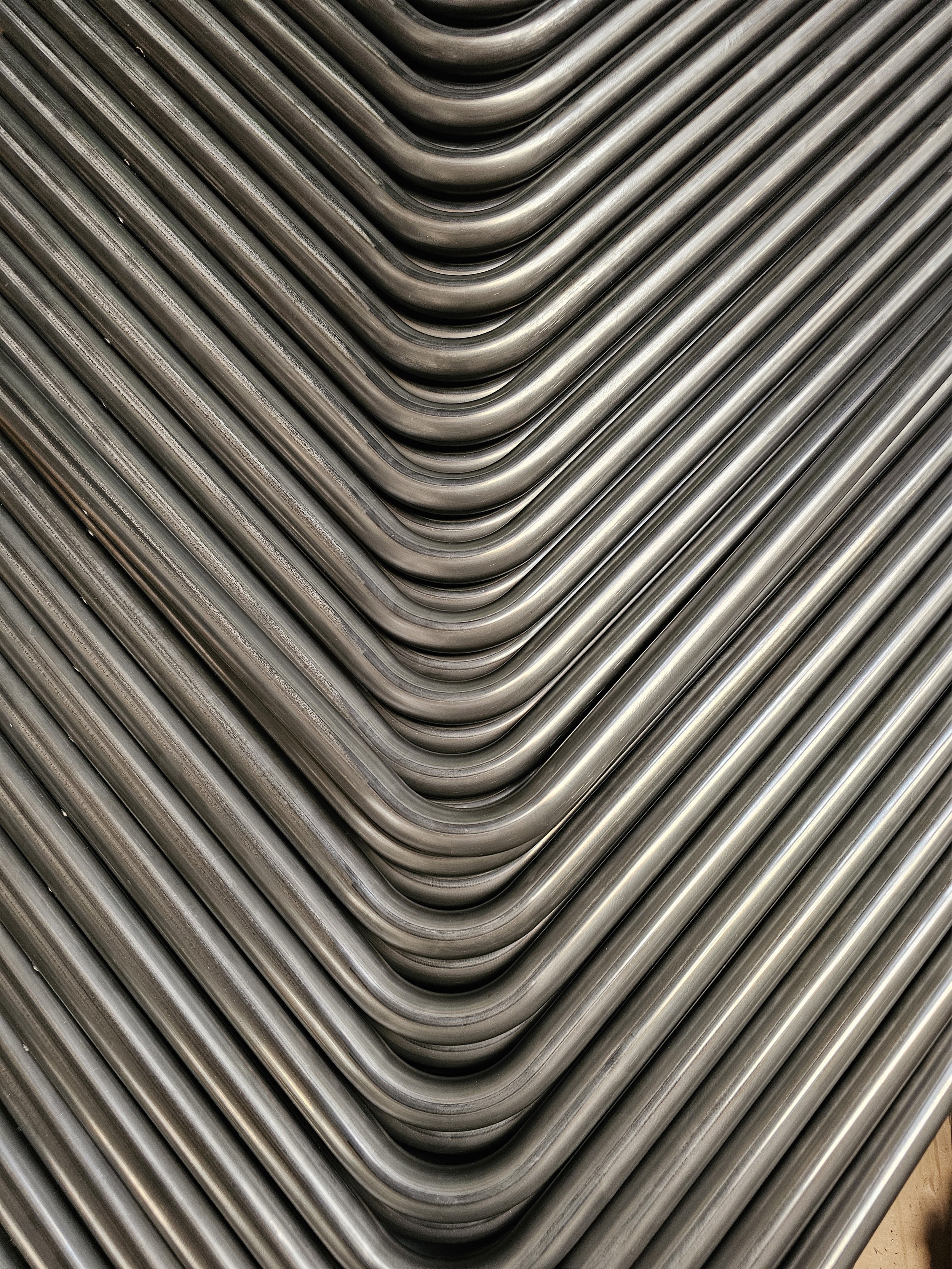
Composite Wood Products
Materials such as MDF can also be refreshed if they are equipped with proper steel inserts, allowing for repeated assembly and disassembly without degradation.
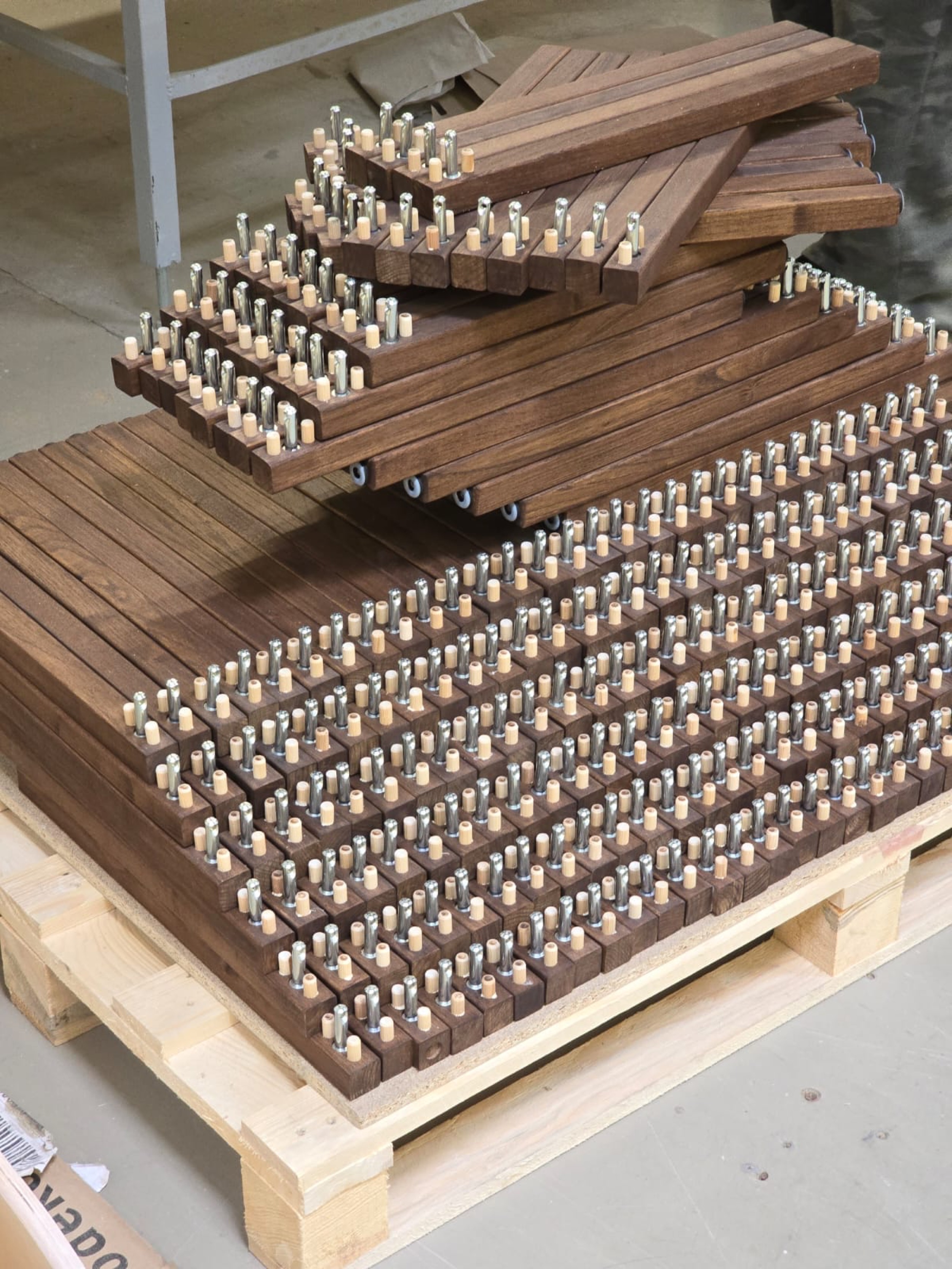
The Cost of Sustainability
Producing low-cost, sustainable items is challenging. While it's possible to create affordable furniture using economical wood species and non-stainless steel, the price will never be as low as using chipboard with wood screws, which cannot be easily refurbished.
To create sustainable, inexpensive products, we must shift to ecological materials. For example, transitioning from plastics and laminates to paper-based and natural materials could maintain low manufacturing costs while ensuring items are recyclable.
Flexhouse's Commitment to Sustainability
At Flexhouse, we believe that ""expensive becomes cheap"" when considering the lifetime cost of a product. By focusing on durability and quality, we ensure our products can be used for many years with minimal need for replacement. Our commitment extends to packaging, where we strive to use eco-friendly materials.
Conclusion
Sustainability isn't about switching to paper or other temporary solutions. It's about creating long-lasting items that reduce waste over time. By focusing on quality and durability, we can all contribute to a better world.
At Flexhouse, we support sustainability through our practices and products. If you're interested in creating sustainable furniture with us, please contact us. We'd be happy to review your concept and collaborate on bringing it to life.


